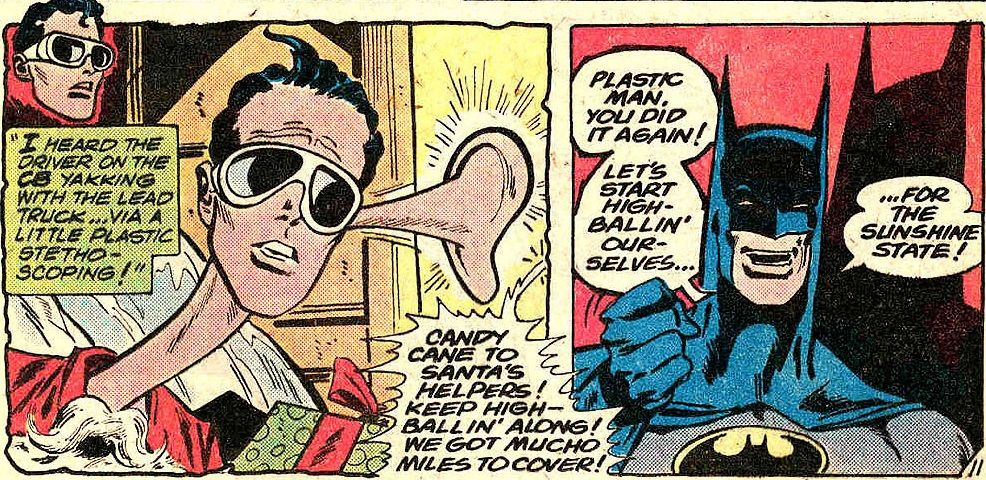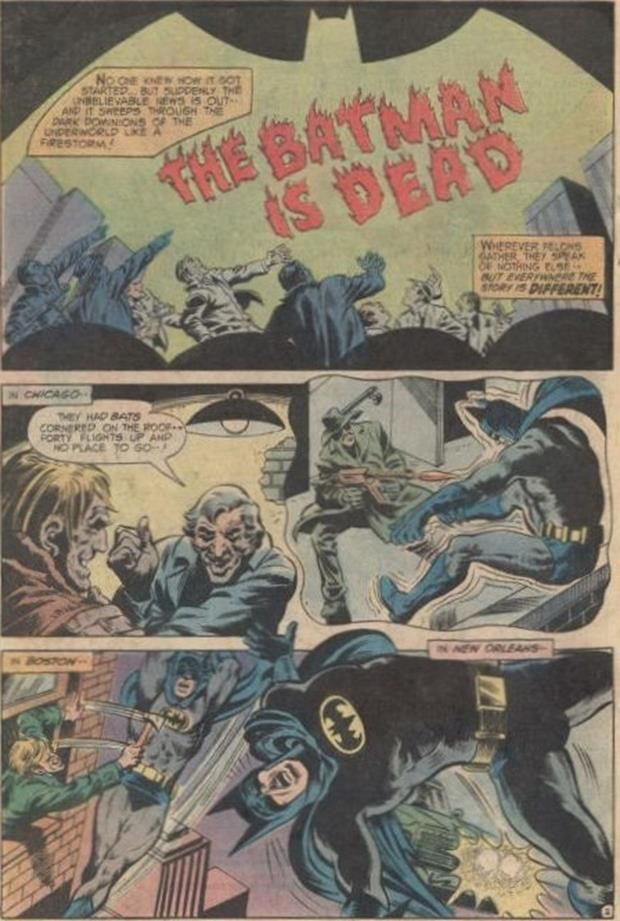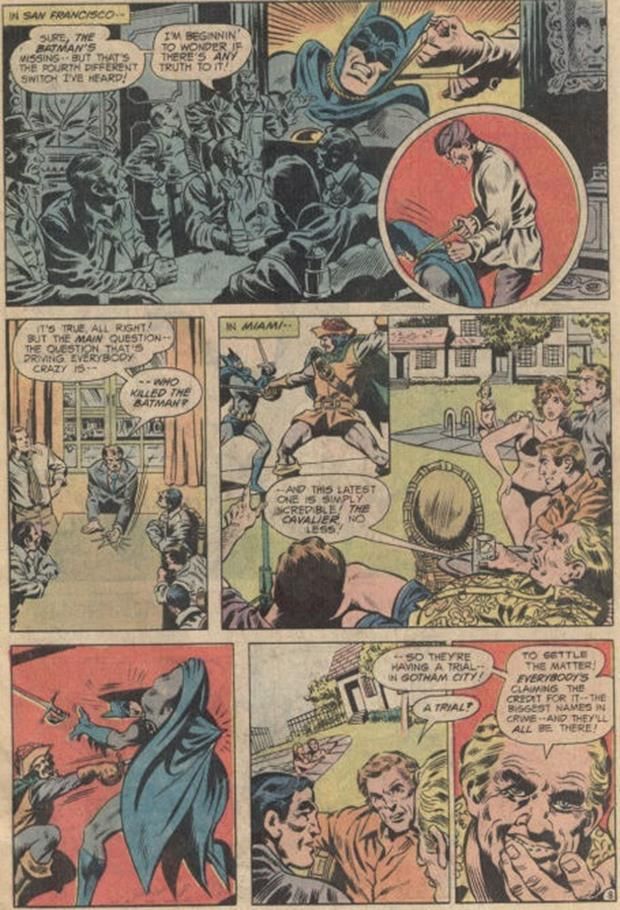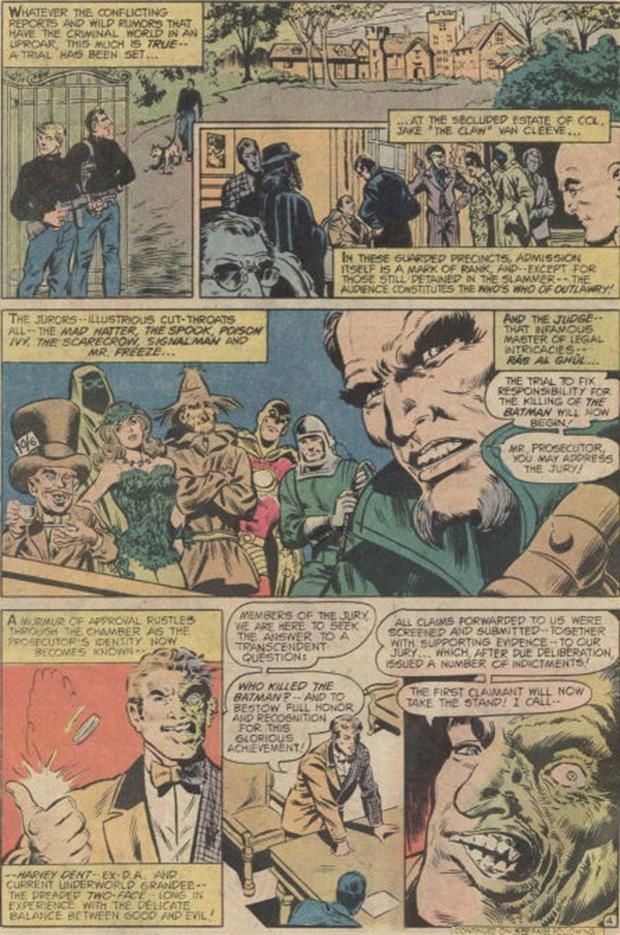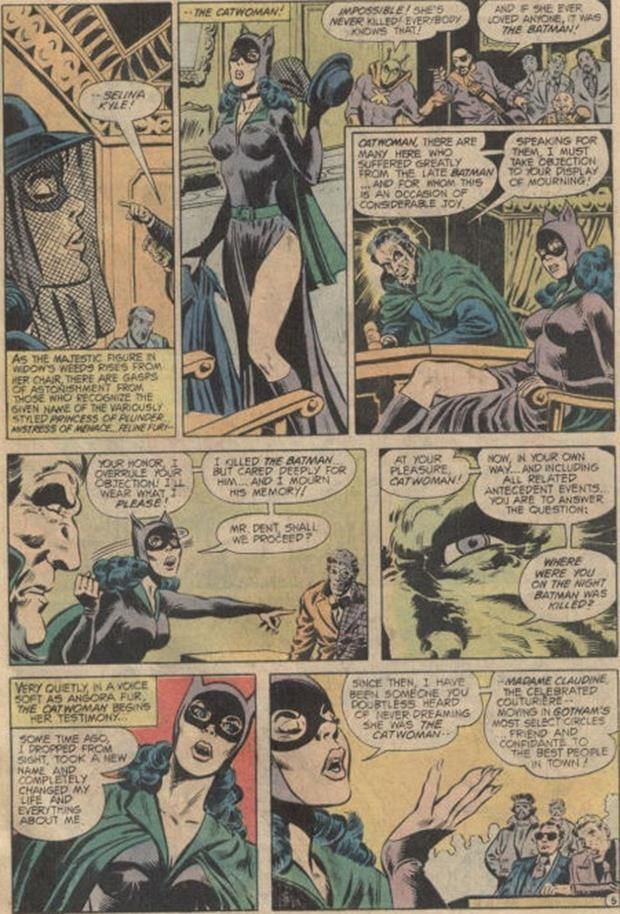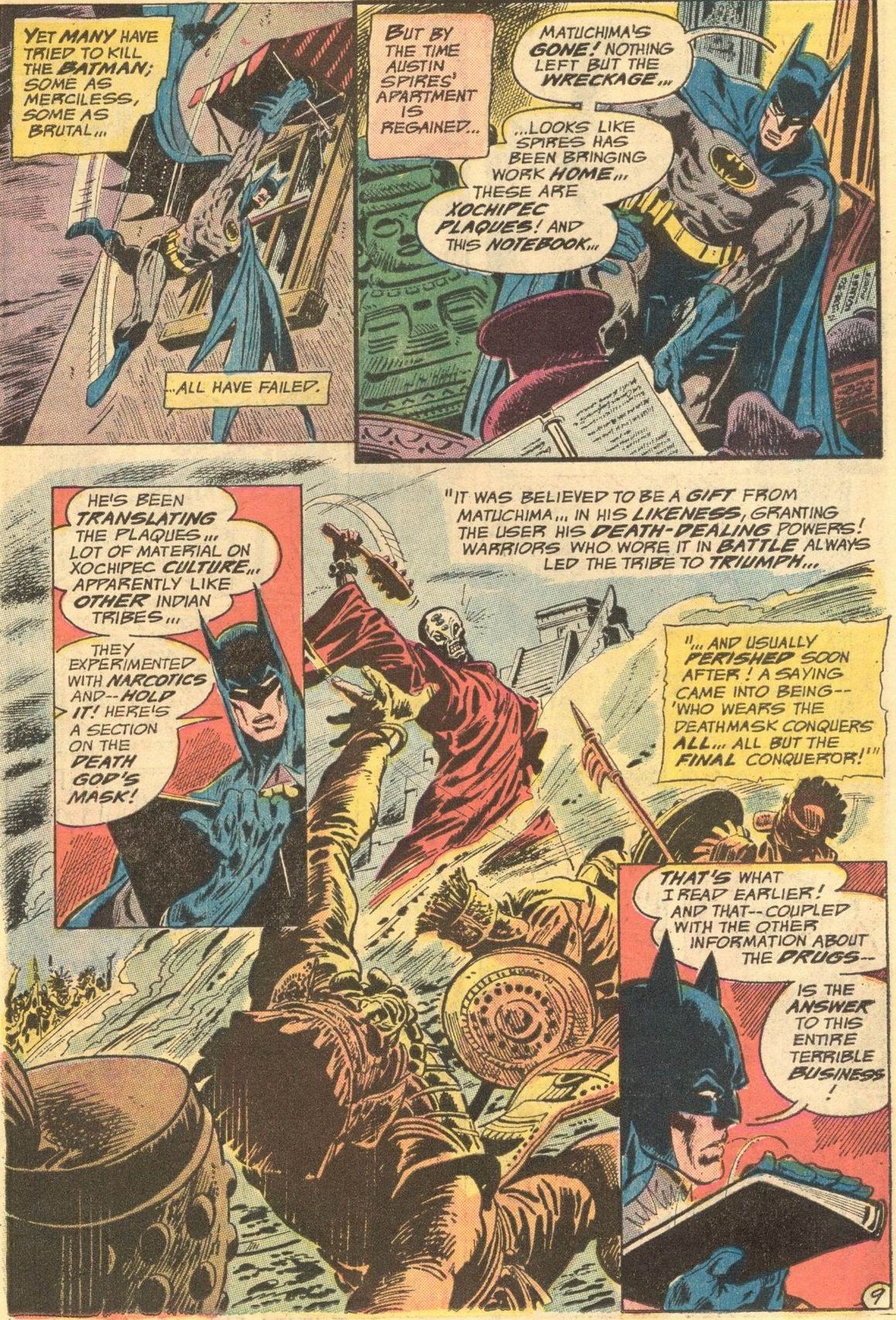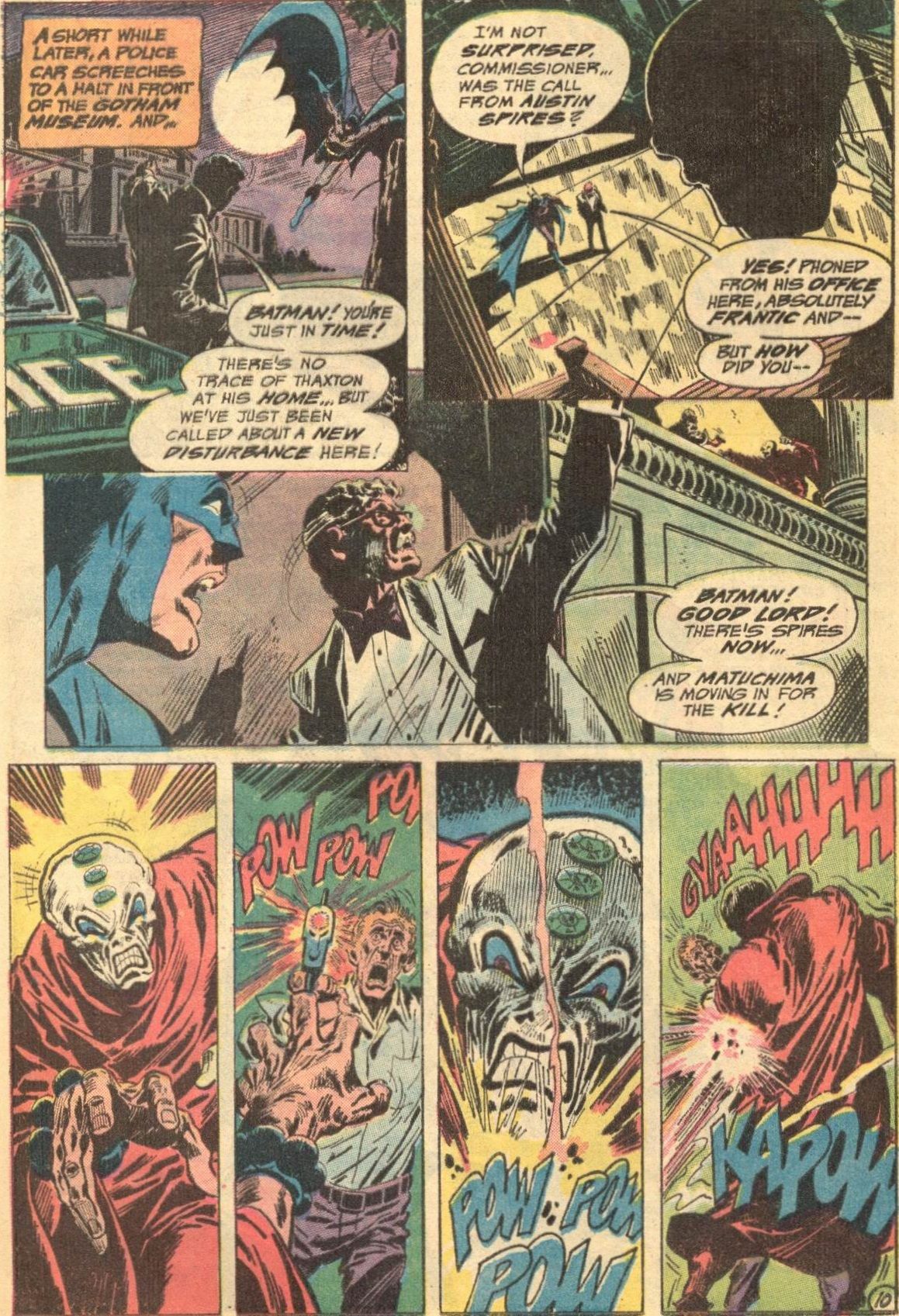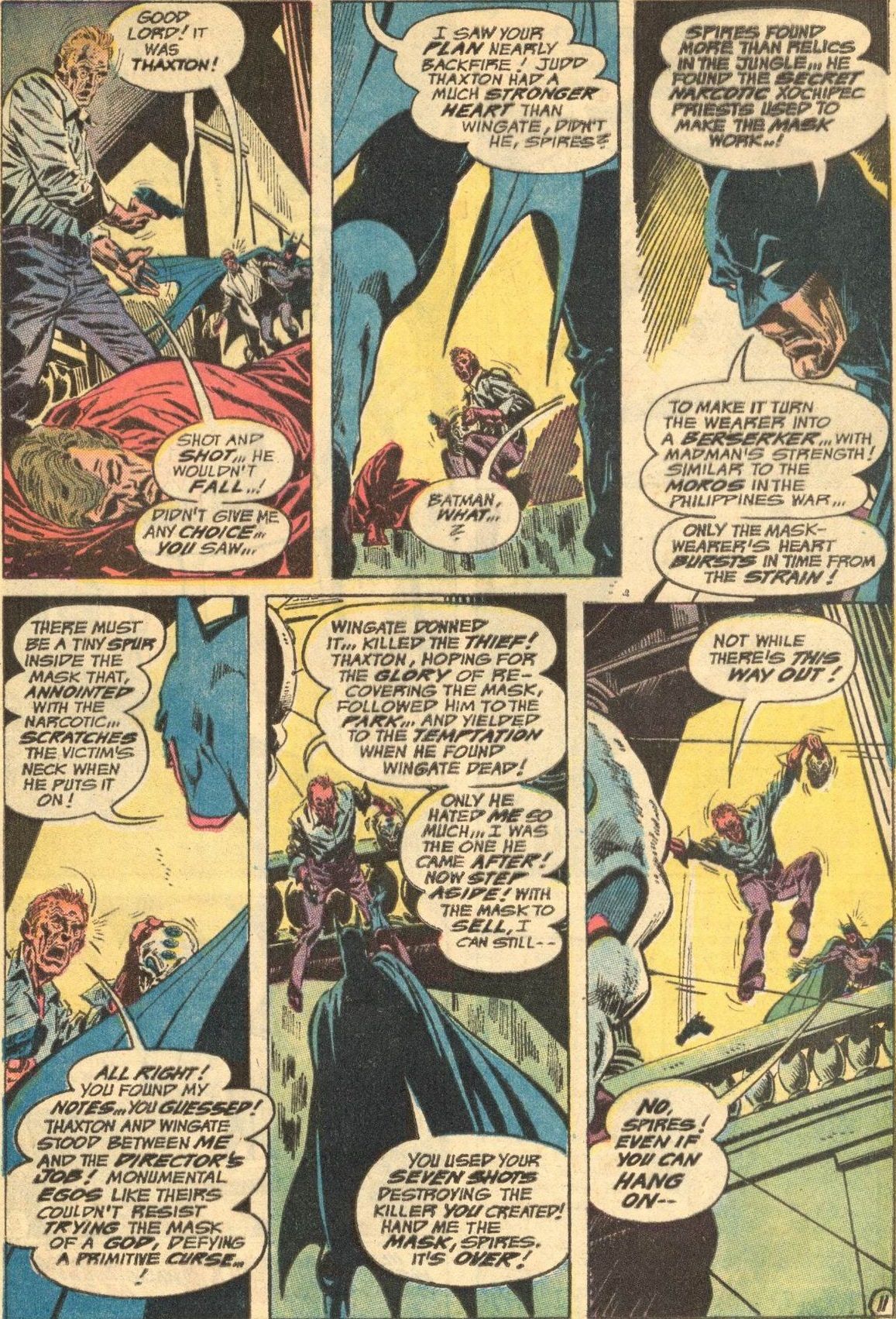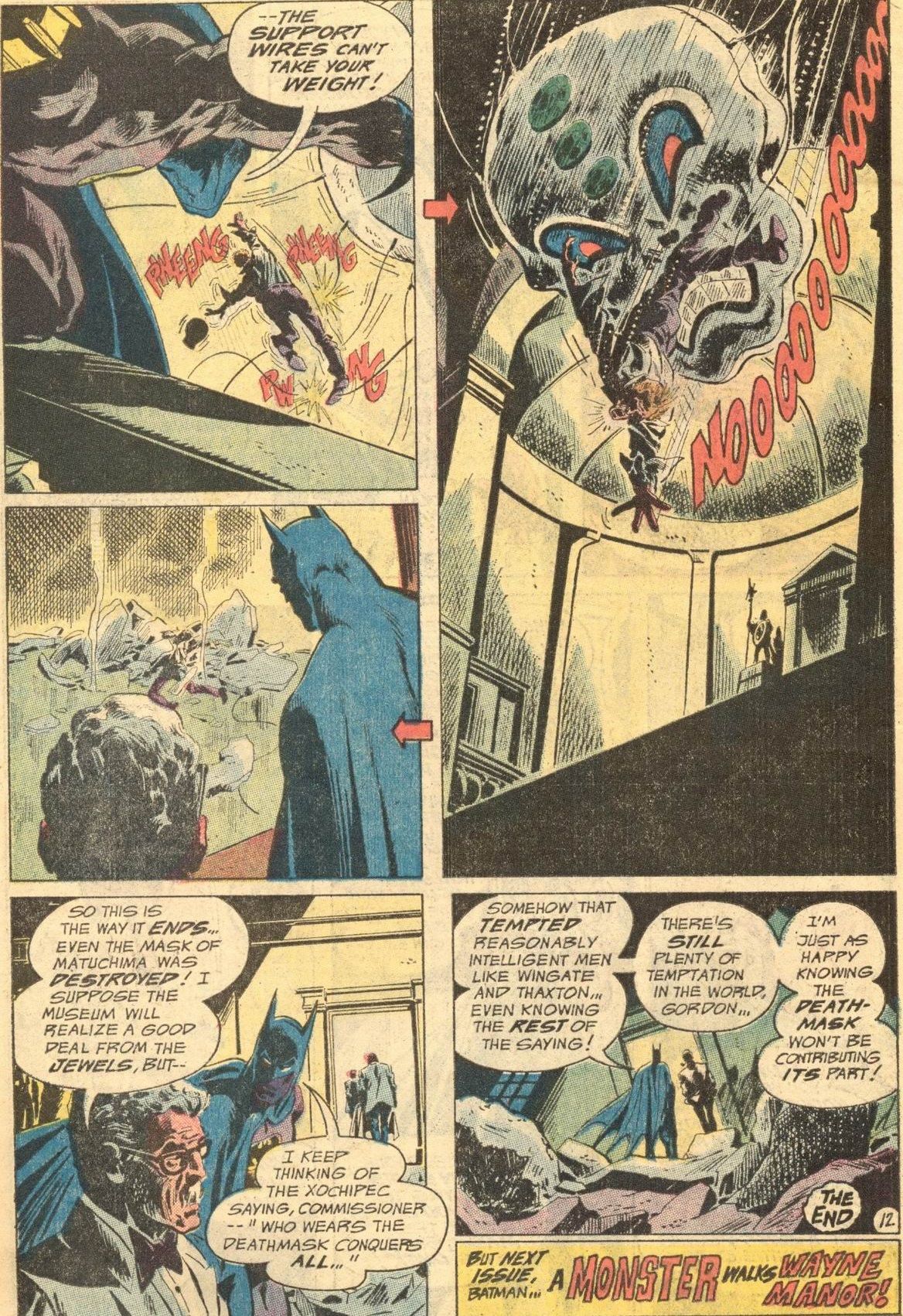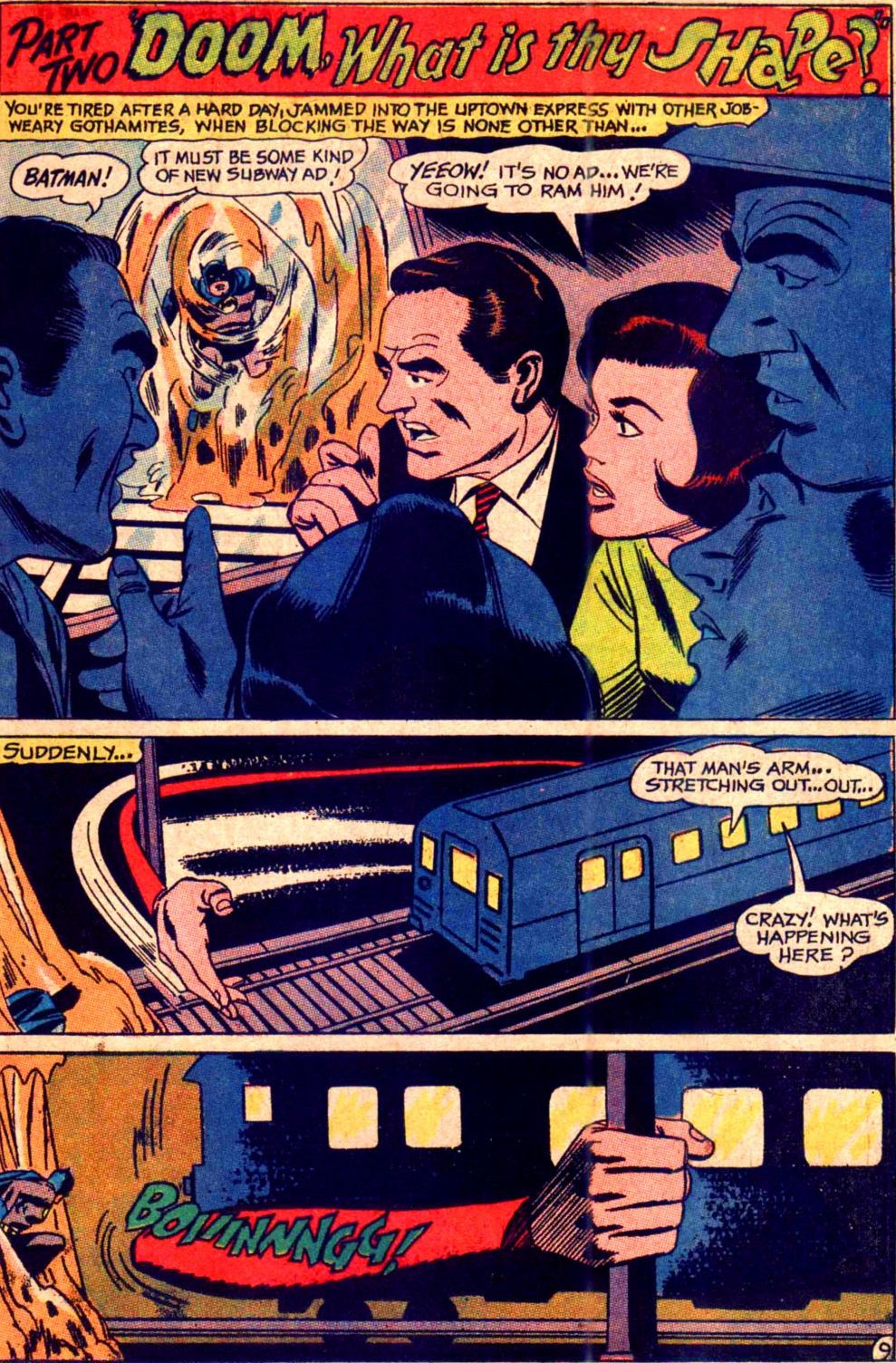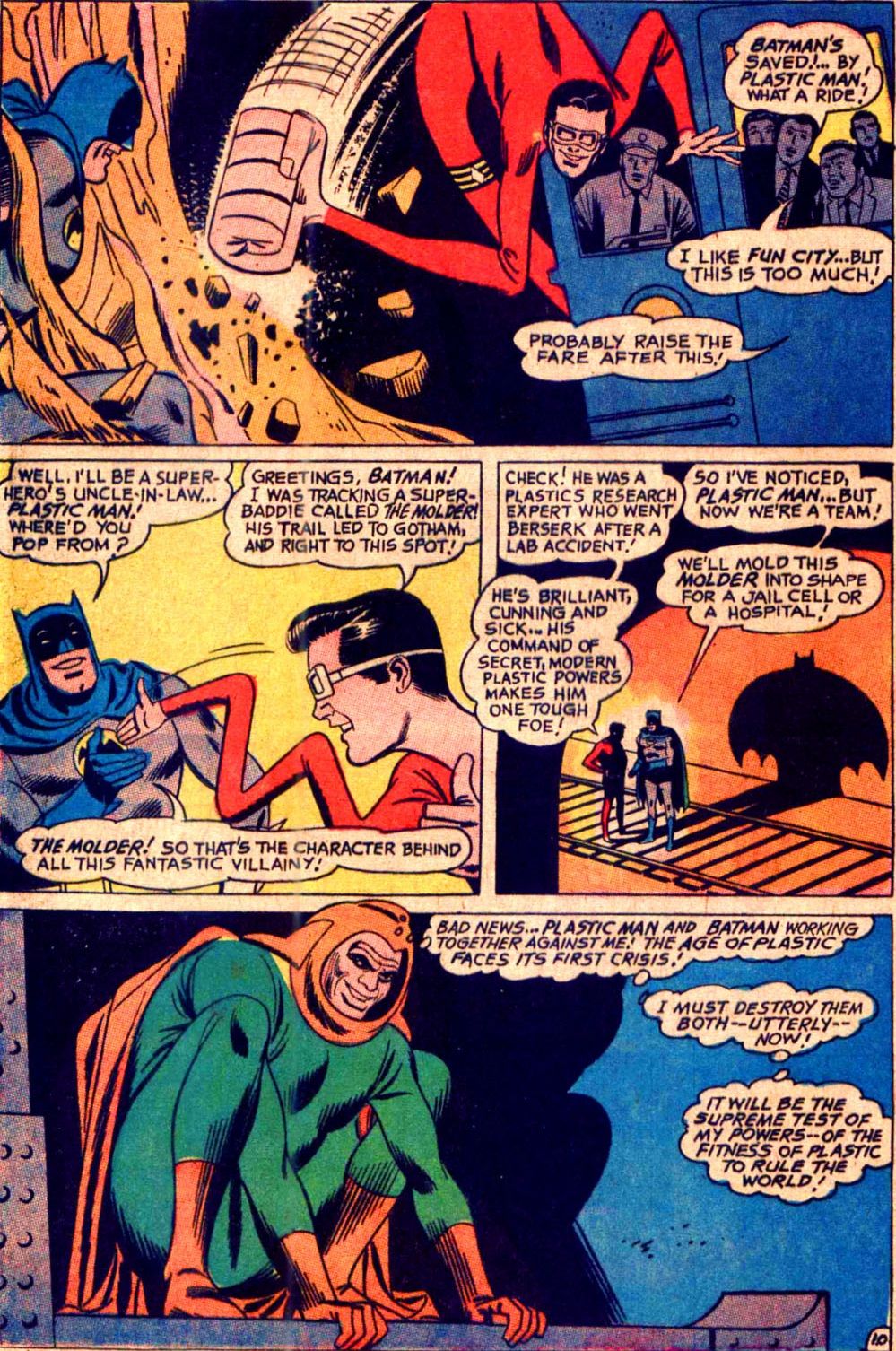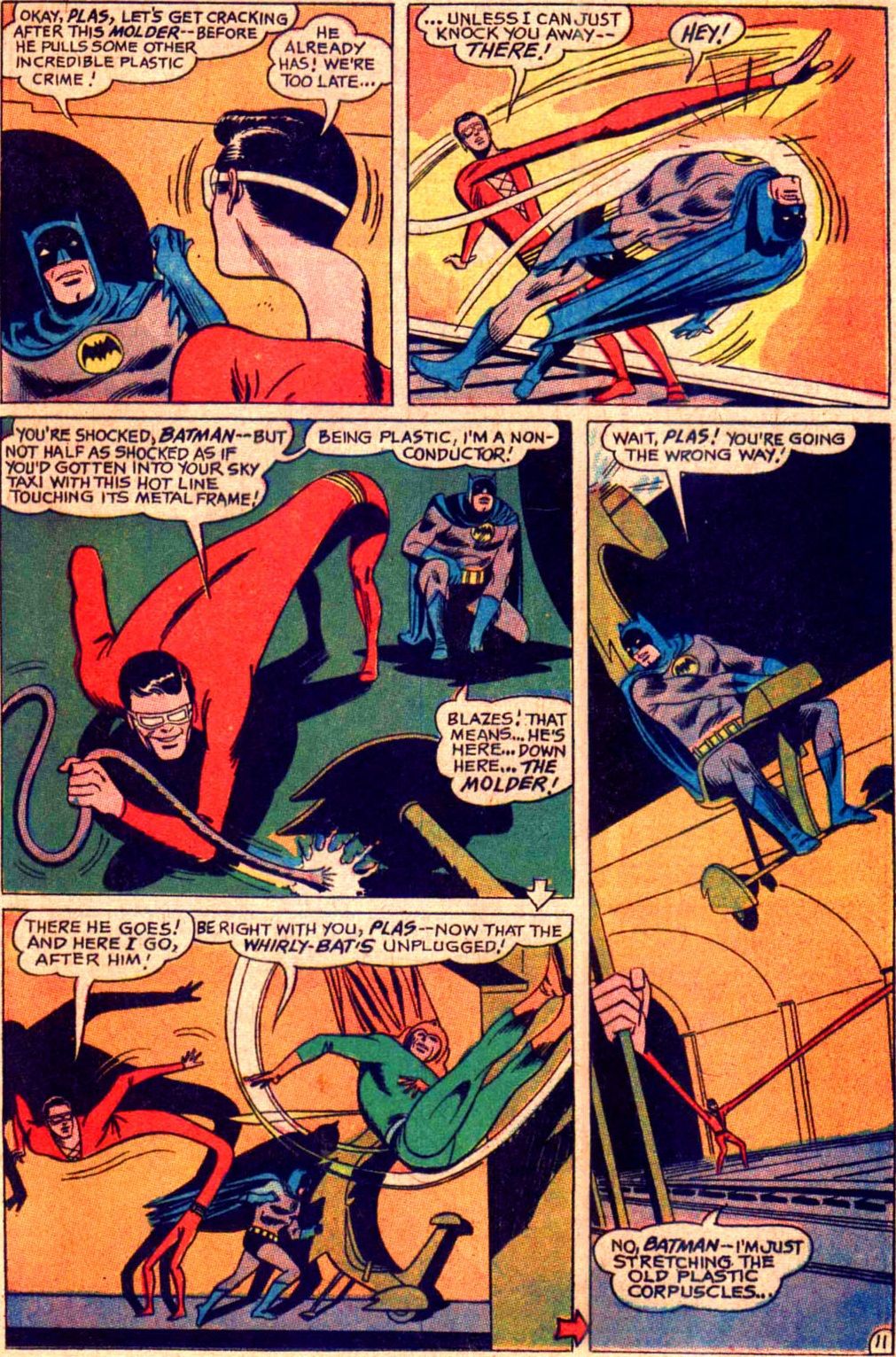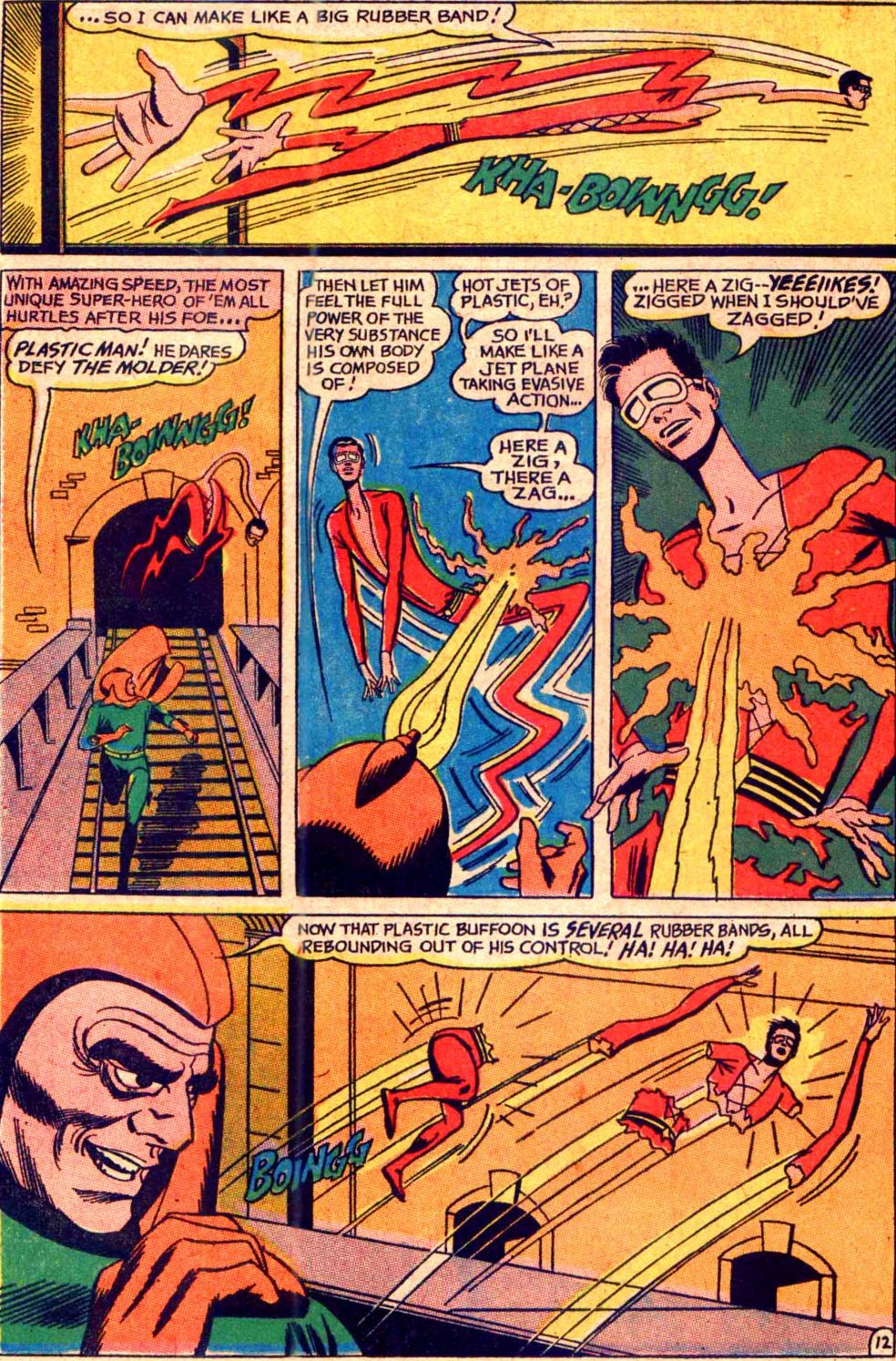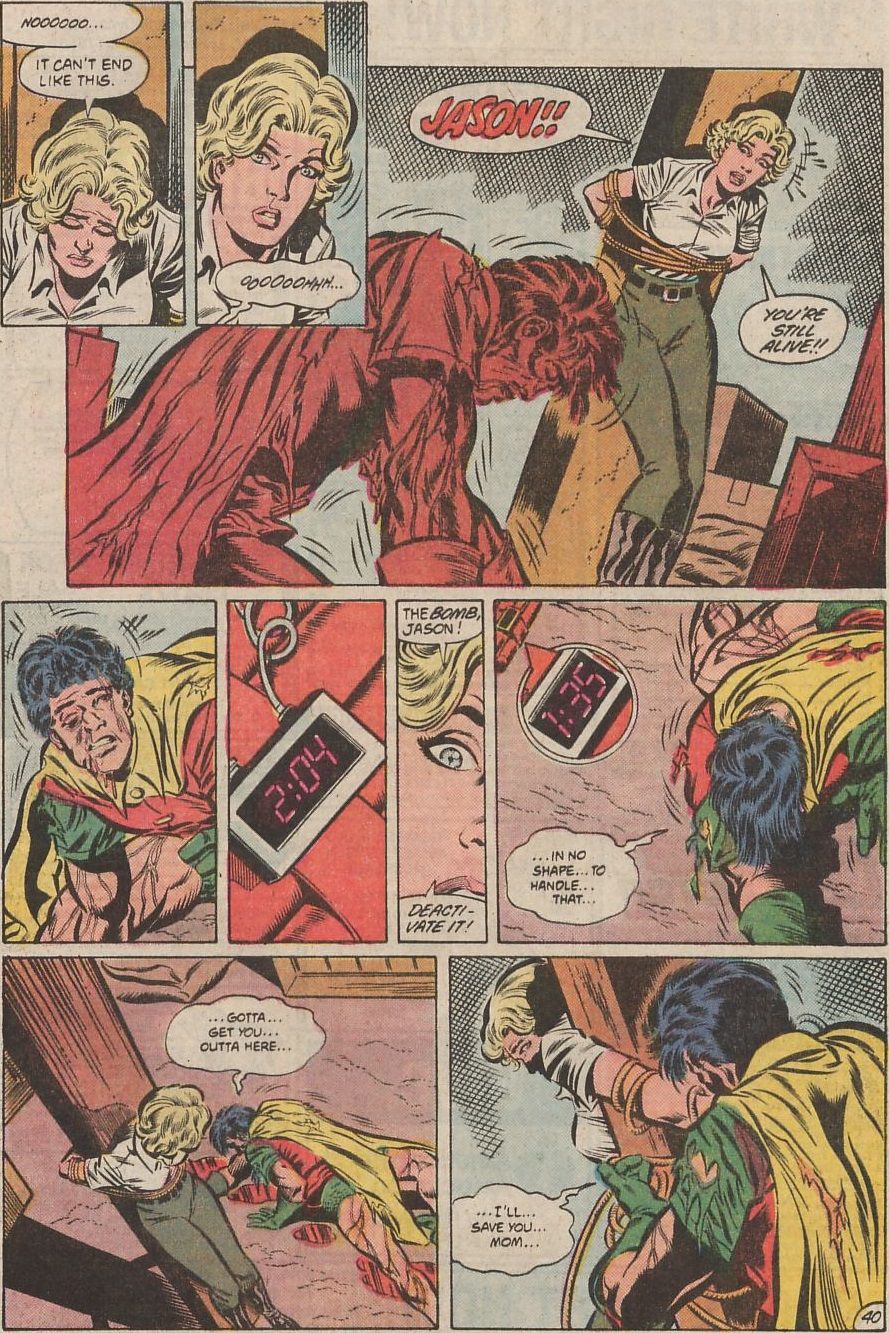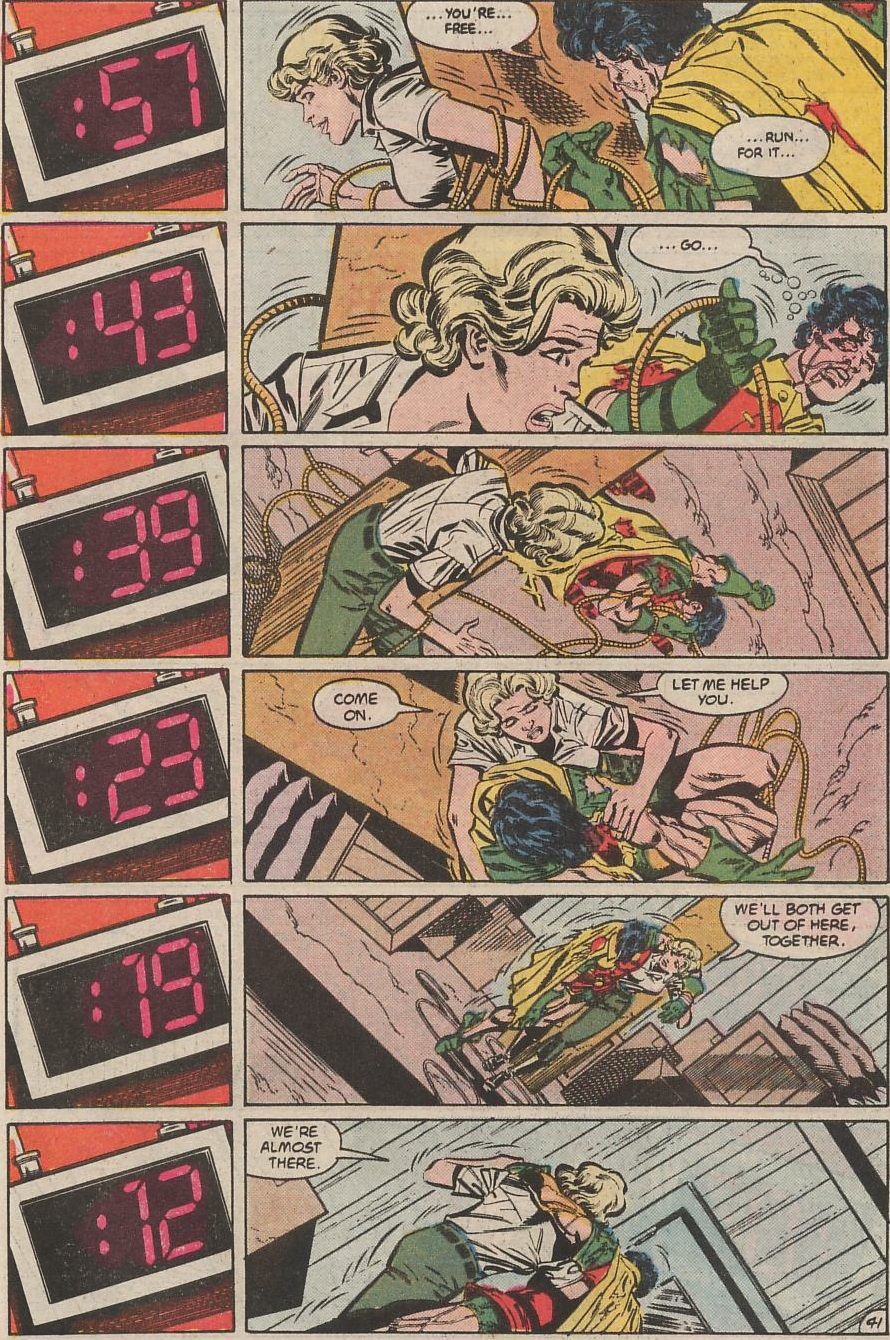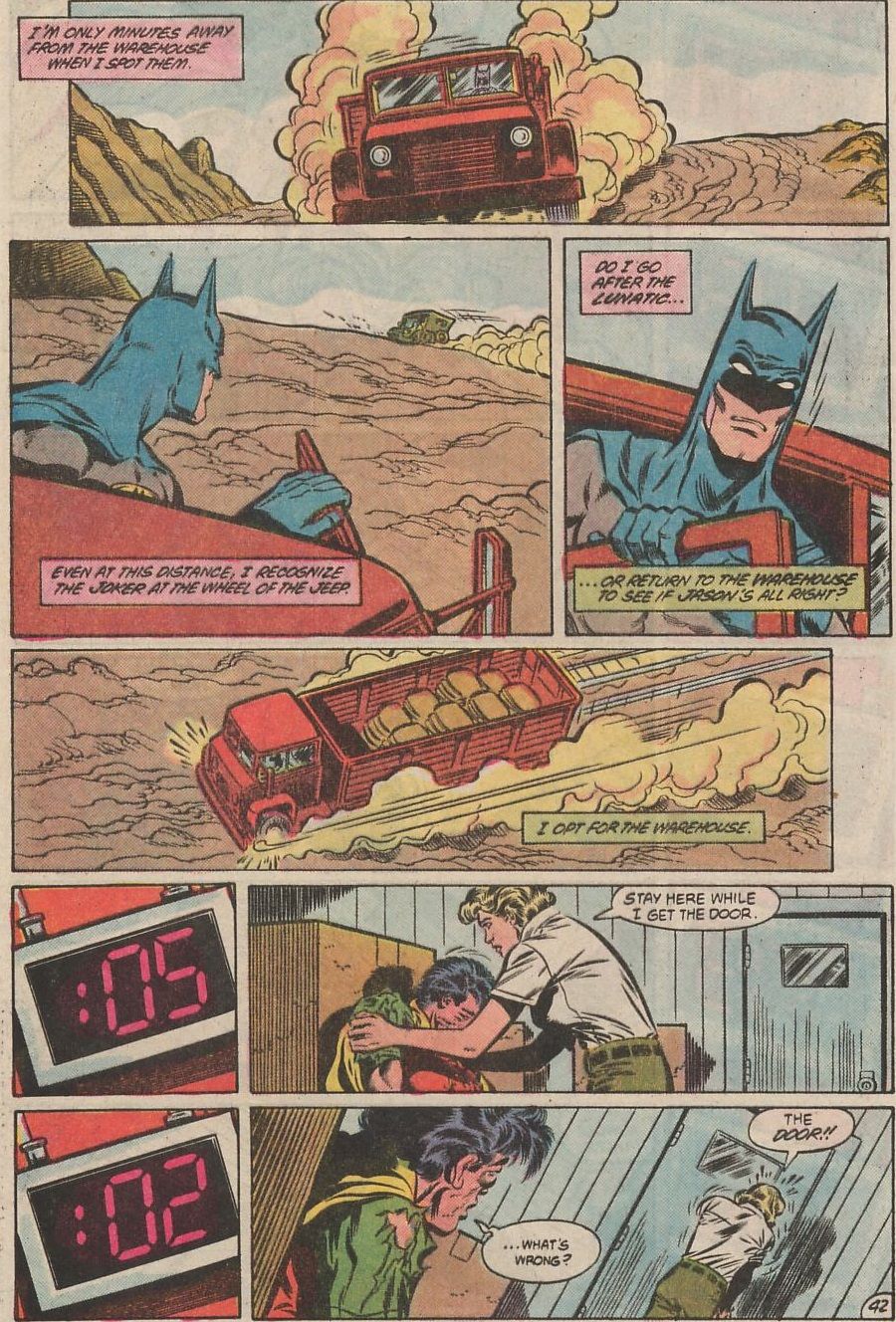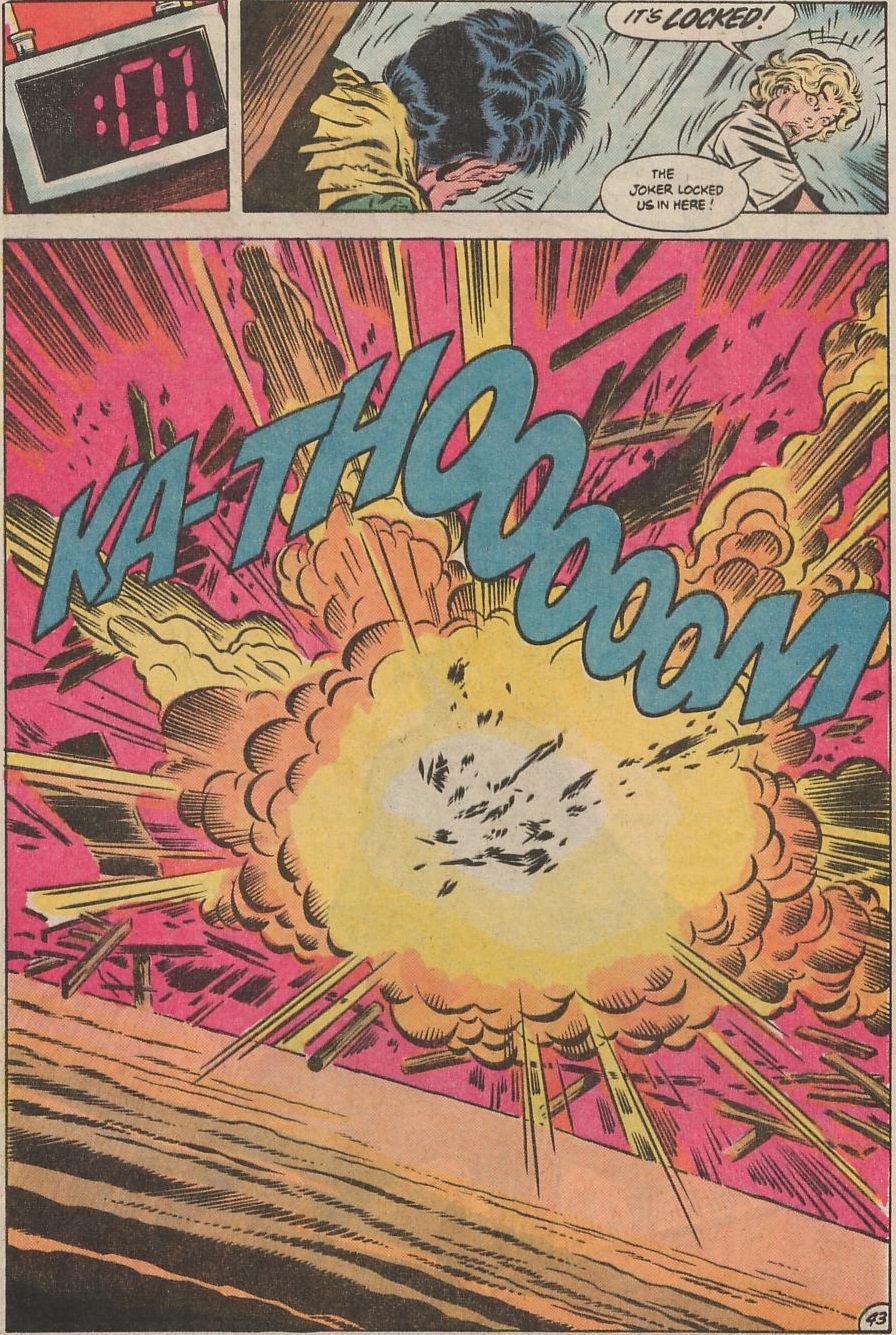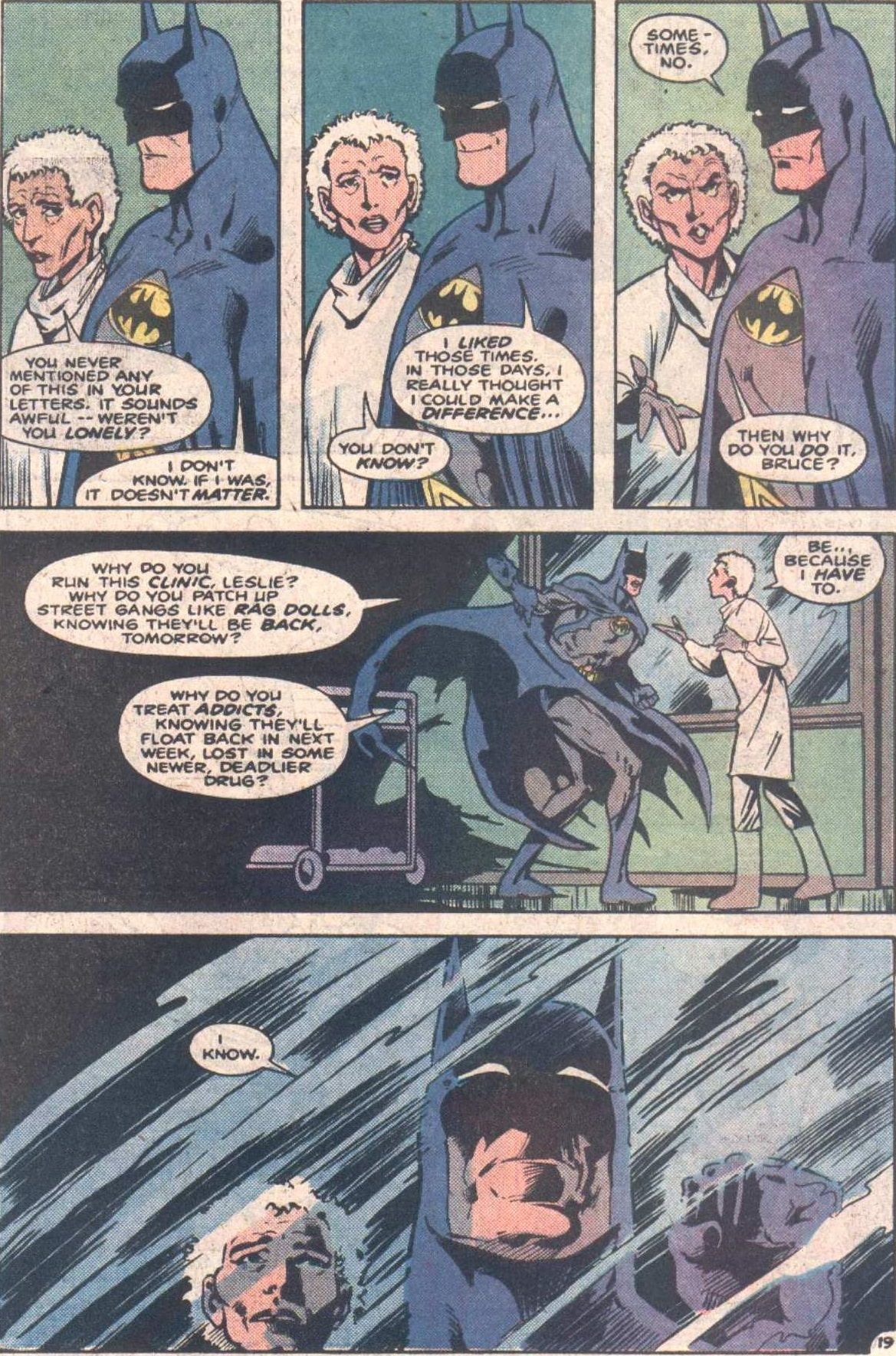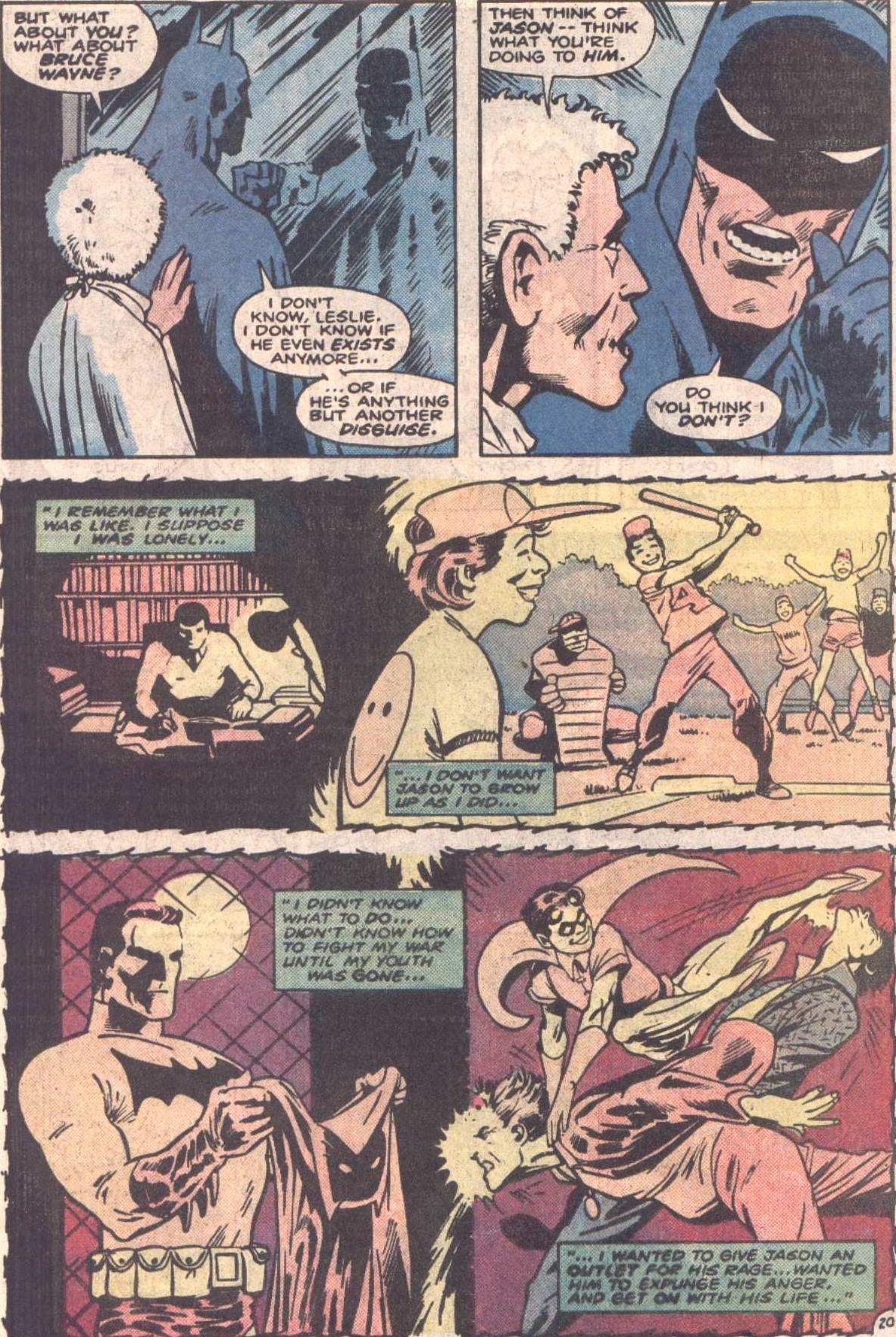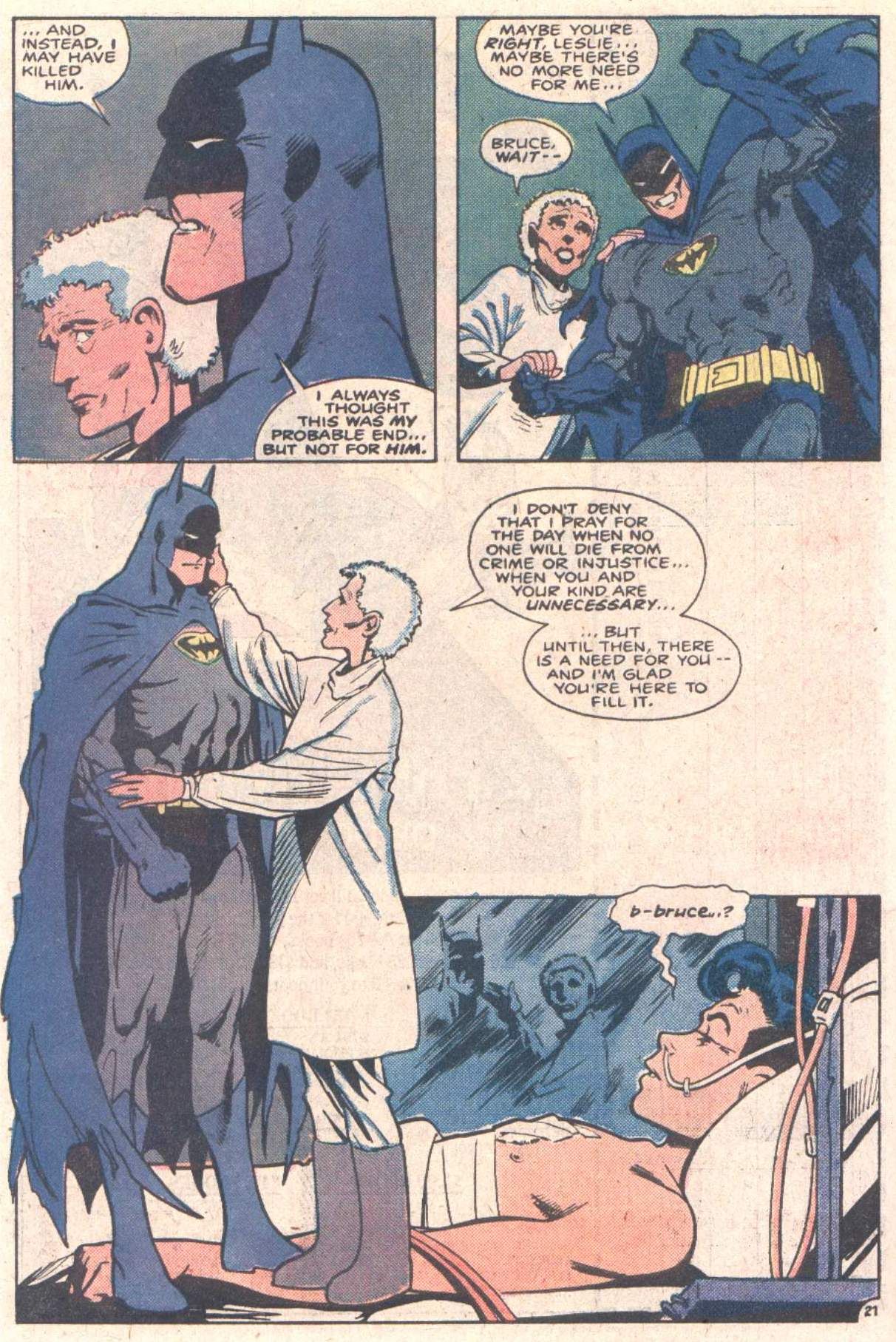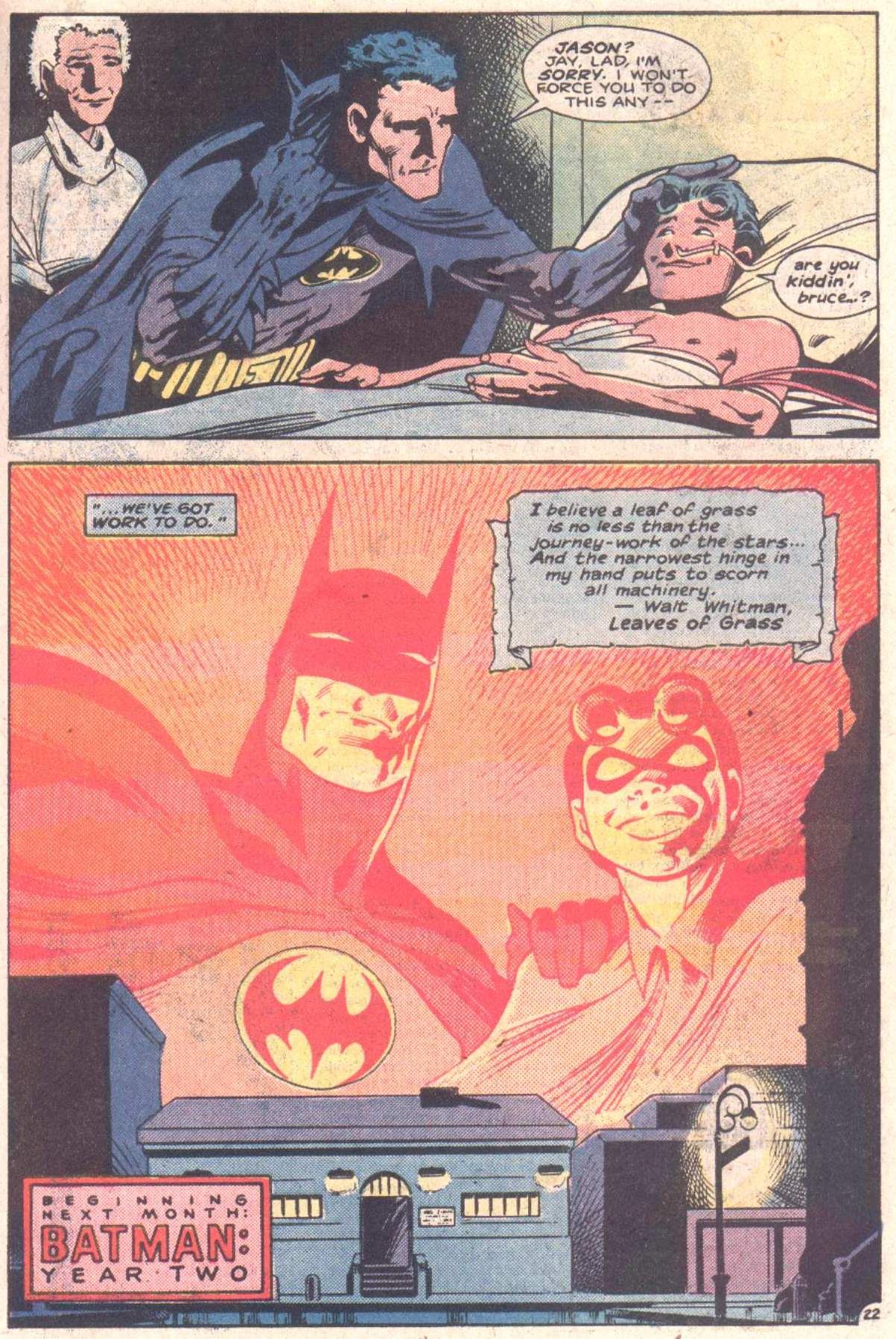In honor of the seventy-fifth anniversary of Batman, we're doing four straight months of polls having to do with Batman, culminating with the official celebration of Batman's anniversary at the end of July. The last installment will deal with Batman stories, but this month will be about Batman's writers and artists (40 artists and 35 writers).
You all voted, now here are the results! Here is a master list of all the writers and artists featured so far. We continue with Batman writers #20-16.
Enjoy!
NOTE: Don't be a jerk about creators in the comments section. If you are not a fan of a particular creator, that's fine, but be respectful about it. No insulting creators or otherwise being a jerk about creators. Specifically, no "Creator X better not be in the top ten!" or variations of that idea ("Creator X better not be ahead of Creator Y," etc.) I'll be deleting any comments like that and, depending on how jerky the comment was, banning commenters.
20. David V. Reed
David Vern Reed (the comic book pseudonym for David Levine) had an unusual tenure on the Batman books, in the sense that he had two distinct stints on Batman, separated by roughly two decades!
He first began writing Batman comics in 1950, doing a number of notable stories, like re-introducing Joker and Two-Face after they had been out of the book for a couple of years. He also introduced the Bat-Plane and the villain known as Deadshot. Reed, though, grew tired of writing comic books and left the industry entirely to concentrate on his prose work.
He returned to comics in the 1970s and returned to Batman specifically in 1975, writing a number of memorable stories, none more memorable than the classic "Where Were You On the Night Batman Was Killed?" storyline...
That classic Canterbury Tales send-off was a rare example of a longform Batman story at the time (even the great Ra's Al Ghul introductory storyline was not a dedicated four issues in a row like this one).
Soon after that story was finished, though, Reed decided to quit comics again. He passed away in 1989.
19. Archie Goodwin
Archie Goodwin's first stint on the Bat-books was only a year, as he edited Detective Comics from 1973-1974 and wrote a number of stories, including the classic tale "Deathmask."
Still, even in his short stint (which also included him introducing the Manhunter as a back-up in Detective Comics along with artist Walter Simonson) he made a huge mark, as you'd think that Goodwin wrote dozens of Batman stories the way that his 1970s work is so well remembered.
When he returned to DC Comics in 1989, while he continued to write the occasional tale, his influence was felt greater on the editorial side, as he was the editor of Legends of the Dark Knight and other special projects. Goodwin was a creative force and as an editor, he helped bring about a number of unique mini-series and graphic novels featuring Batman, all while being one of the nicest guys in all of comics. He sadly passed away in 1998.
18. Bob Haney
After Batman became the permanent lead character of The Brave and the Bold and the book officially became "Batman Team-Up," Bob Haney wrote the series on a more-or-less regular basis for the next fourteen years. The title essentially became his own personal fiefdom where he didn't have to worry about matching other titles or paying attention to continuity. He had, in effect, his OWN personal continuity - the continuity of The Brave and the Bold, an outlandish but extremely fun continuity of stories.
A particular favorite of Haney's, it seems, was Plastic Man. Here is his first Brave and the Bold team-up story by Haney...
Haney was awesomely odd.
Go to the next page to see #17-16!
17. Jim Starlin
Jim Starlin was probably the first Batman writer to truly follow in the footsteps of Frank Miller's revamp of Batman in Dark Knight Returns and Year One. Other writers might have worked with similar ideas, but Starlin was the one who took the cue he thought he had from Miller's success to get much darker and darker with his Batman stories. Batman: The Cult, a prestige mini-series by Starlin and Bernie Wrightson, is a pretty bleak tale of Batman getting brainwashed by, well, a cult. Starlin took over writing the main Batman title and his stories had a real edge to them. Starlin was not a fan of the then-current Robin, Jason Todd, and Jason became a darker character under Starlin's pen, as well.
Eventually, Starlin was able to get rid of Jason Todd in a storyline where the Joker nearly beats Jason to death in front of Jason's own mother. When Jason manages to survive his beating, things are still bad...
Starlin followed the death of Robin with another dark story involving a human killing machine known as the KGBeast coming to Gotham City to kill the President of the United States. The story is especially notable for the fact that Batman decides he probably has to kill the KGBeast to stop him.
16. Mike W. Barr
Mike W. Barr was more or less the regular writer on Brave and the Bold toward the end of the run. Eventually Barr had the idea of extending the notion of Batman teaming up with other heroes to the point where Batman gained his own unique superhero team. This team was the Outsiders and Batman and the Outsiders took over Brave and the Bold's place on DC's publication schedule.
During his stint on Batman and the Outsiders, Barr also wrote the legendary Batman Special #1, which introduced The Wrath, Batman's exact opposite (his parents were killed by a cop which led to this little rich boy growing up to dedicate himself to a life of deadly vengeance).
Contrasting Batman against other characters was a key tool that Barr used during his Batman solo work. After a number of years, Barr took over Detective Comics with artist Alan Davis (Davis had taken over the Outsiders from its original artist, Jim Aparo).
In a remarkable issue spotlighting Batman's reasons for doing what he does (on a night when he has brought an injured Robin in to Dr. Leslie Thompkins for medical aide), Barr beautifully compares him to Thompkins herself...
Barr followed this story up with Batman Year Two, where Batman is contrasted against the vigilante known as The Reaper.
Barr had a great handle on Batman's personality. I wish we could have gotten more Bat-work from him than we ended up with.

